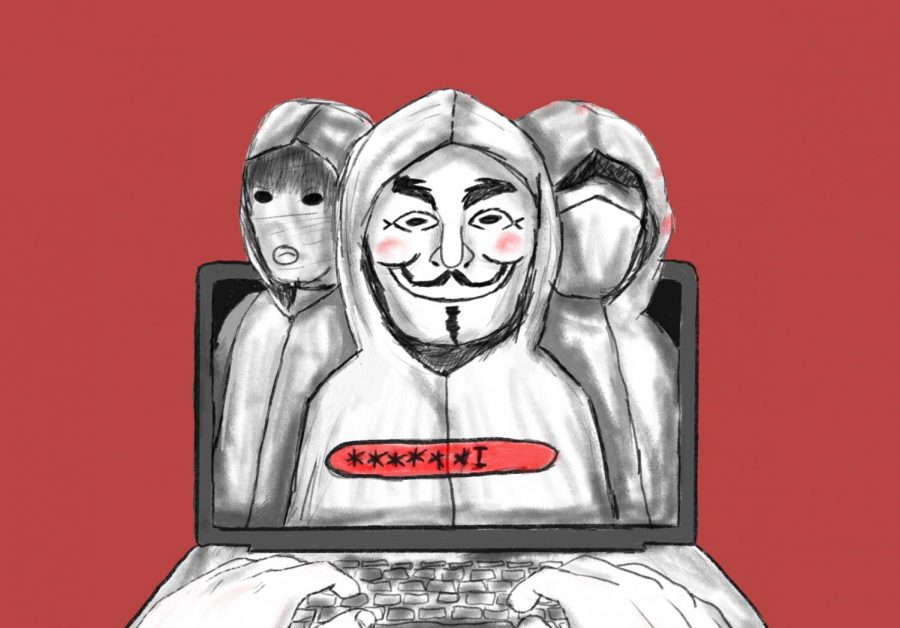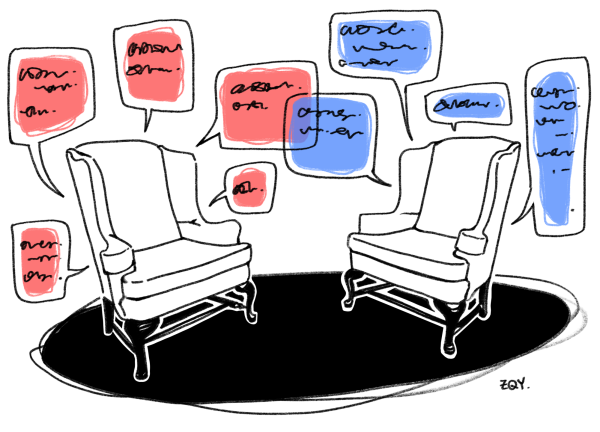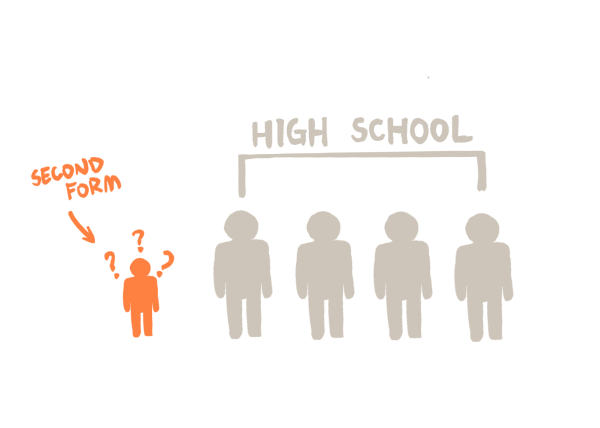Intelligent Sacrifice of Privacy
Covid-19 has shown the best and worst of government systems as they attempt to strike a delicate balance between order and freedom. The use of big data— specifically, the triumph of China’s national surveillance program— has proved critical for success in navigating and controlling the virus. Although intrusive, China’s national surveillance program hints at the increasing benefits of sacrificing some personal data as technology progresses, during the age of Covid-19 and beyond.
China, the original epicenter of the coronavirus, has returned to normal in nearly every way through careful monitoring and strict traveling measures that have virtually eliminated coronavirus spread. Remarkably, China was the only major economy to have an increased GDP in 2020, up 2.1% from 2019. Meanwhile, America (with over twenty-six million reported cases), along with most other countries, has suffered. In the US, unemployment rates are still recovering from the spike to 14.7% in April, around 800 small businesses are closing every day, and the GDP regressed a historically-unprecedented 3.5% the past year. The success of China stems from the government’s complete knowledge of their people — a feat achieved by widespread surveillance technologies and their applications.
In the US, government CCTV technology seems to primarily serve a few relatively innocent purposes, including helping police departments and airport staff identify criminals and potential threats. There is no evidence of any excessive spying or constant tracking of regular citizens, as well as no obvious applications of intrusive data collection.
China’s surveillance is another story. With over 200 million high-resolution CCTV cameras by 2019 and the most advanced AI software actively providing the government with real-time data and analysis, China’s arsenal of surveillance equipment is pervasive and maximizes government understanding of its citizens’ activities through unrestrained applications.
Everyone in China is watched by AI that constantly feeds all sorts of information to an expansive national cloud database, the government’s confidential online collection of personal data. During much of the ongoing pandemic, China has used its omnipresent surveillance system to enforce quasi-wartime precautions. This privacy-invasive approach would not be entertained by most democracies and is controversial for good reason, but has one important pro: it works.
To travel, people need to pass airport checks or land borders that reject those without acceptable “health passports”— QR codes ranking the safety of a person’s travel history using cellular location data sent to the government. This border control measure creates bubbles around the country that limit the movement of potentially-exposed people and allow effective, targeted lockdowns during outbreaks. When two cases were identified in the city of Ruili, for example, the QR codes of everyone in the region became invalid and closed borders prevented anyone from entering or leaving the region, smothering the outbreak by putting a jar on the flame. QR codes are also scanned for validity before people enter high-density areas like supermarkets, offices, and subways. The use of the technology is ubiquitous and mandatory, making daily life difficult without a QR code and forcing everyone to provide the government with even more location and contact-tracing data. China’s relentless and inescapable data-based Covid-19 strategy is even more extreme for international travelers and potentially-exposed people who have to quarantine: cameras are installed outside their doors to prevent early leave, and public surveillance cameras quickly notify police of any escapees.
From April (when the initial Wuhan outbreak was contained) to now, China has had only 15,690 new cases. Most of them were swiftly located and isolated in little bubbles, without spreading to the rest of the nation. Everything from restaurants to amusement parks have reopened, and even mask-wearing is optional. In a sense, the safety and convenience in daily life are enviable by citizens of countries with less authoritarian approaches to the disease and somewhat offset the Chinese government’s contentious use of personal data.
Admittedly, replicating China’s use of data collection to combat Covid-19 leads to a slippery slope that might challenge constitutional rights. But, in addition to the countless lives, jobs, and businesses that could be saved by greater use of surveillance during the pandemic, the benefits of sacrificing some level of privacy increasingly outweigh the potential downfalls as technological capabilities become increasingly capable of raising people’s quality of life. Since China’s started expanding national surveillance, it has reduced crime by nearly 40% in a Beijing district and has promoted a greater sense of safety nationwide. There are even stories of police stopping a conflict moments after a knife was pulled out, a feat aided by novel facial expression or object-identification surveillance technologies. With rapid developments in camera sensors and AI, these societally advantageous applications are merely hints of the benefits increased personal data collection could provide.
Even the most basic facial recognition surveillance technology is banned in San Francisco and many other urban cities around the world, showing a clear prioritization of privacy. But, as the capability of AI progresses even further and personal data collection becomes able to improve general life quality even more than it has in China, there might be a point when even democratic societies should consider a transparent, audited, and monitored sacrifice of privacy.






